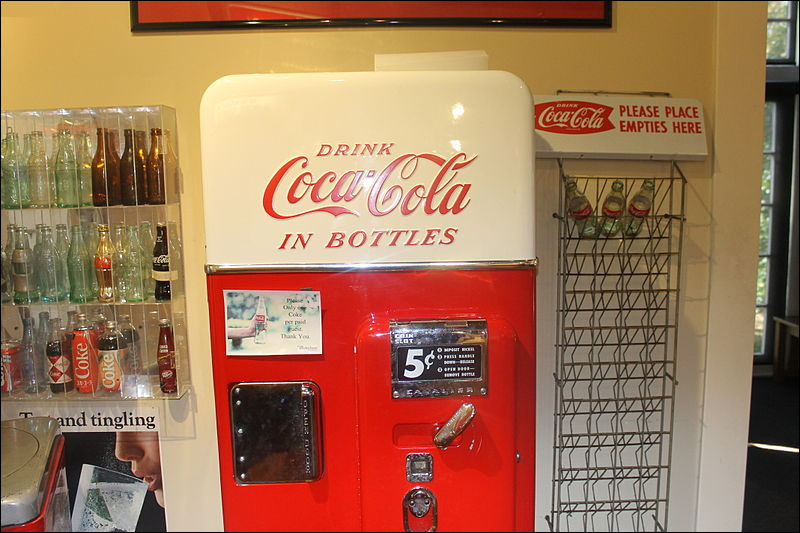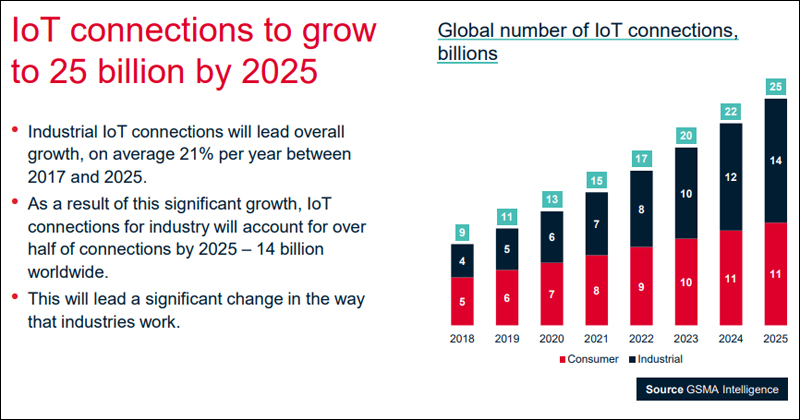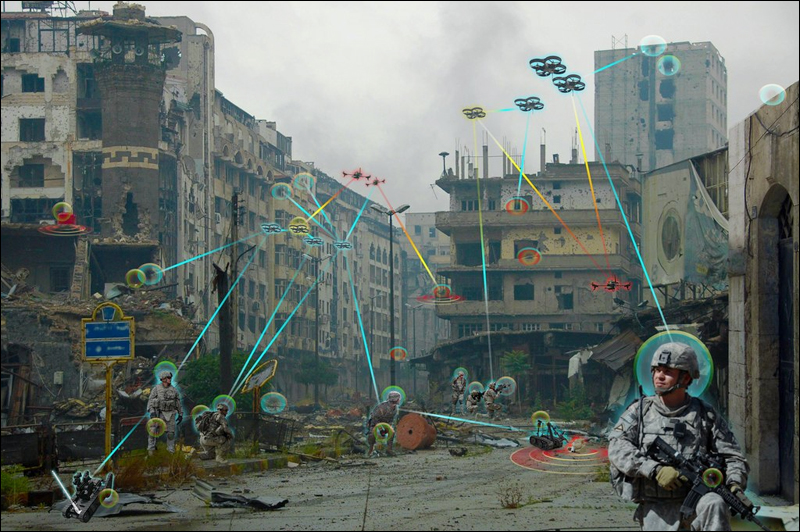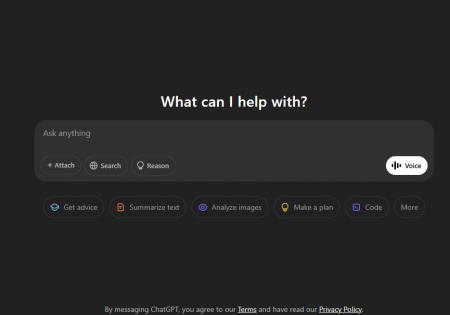The Internet of Things has turned the world into a chip-hungry monster writes Satyen K. Bordoloi on, what is kind of, its 40th anniversary
In 1982, students and faculty at the Computer Science Department at Carnegie Mellon University (CMU) faced a peculiar irritation. After their department was expanded, offices moved away from a coke vending machine popular with caffeine-addict programmers. Now they had to walk three floors down to get a coke, often to find it empty or worse: pay and get warm coke.
A few of them got together, installed micro-switches to “sense how many bottles were present in each of its six columns” and how long it’s been there (to determine coldness), and connected it to the local ARPANET (Internet’s big daddy). One had to type “finger coke@cmua” at any connected computer on campus to know of the availability and coldness of the cokes in the machine.

They didn’t know this then, but what they had innocently done, would later become known as the Internet of Things (IoT) and affect most of the world, from devices to GDPs of nations.
The term Internet of Things, is first said to have been used by Peter T. Lewis in a speech in 1985 where he is supposed to have said, “The Internet of Things, or IoT, is the integration of people, processes and technology with connectable devices and sensors to enable remote monitoring, status, manipulation and evaluation of trends of such devices.” Though a source confirms this, it is doubtful because first the entire speech is unavailable anywhere and secondly internet’s founder Tim Berners-Lee was still four years away from making and running the architecture of the internet.
However, what the sentence attributed to him and what the coke machine at CMU did, is the essence of IoT that turns 40 years old this year. Yet the general public and even governments – evidenced by their bad policies – seem confused about what it is, and what it does.
To explain it simply, IoT is a broad term used to define things and devices that uses the internet or other networks to exchange data and information. Thus, the coke vending machine is IoT, but the connection your remote has with your TV isn’t because there is no exchange of data back and forth.
The coke machine used simple micro-switches. Today’s devices require complicated chips with connectivity like wi-fi and Bluetooth to do a single or an array of tasks. Today we have advanced so much that almost anything we can think of, can be connected to a network.
Take household appliances. The TV has been ‘smart’ for a decade and a half now. What about fans, fridges, ACs, lights, shower systems, house locks, et cetera? You’ll be surprised but these were the first things conceptualised in the 1990s as part of a smart home IoT system. Today you even have shirts, diapers, shoes, commodes, and almost any ‘thing’ you can think of, coming under the purview of IoT.

One common misconception, understandably because of the name, is the belief that Internet of Things need to be able to connect to the internet. That is not a necessity. They can just be connected to a single network or device via which they can be individually addressed. Thus, a baby diaper with a microchip that keeps a tab on the poop or piss levels, is not necessarily needed to be connected to the internet. It just sends its data to a mobile phone app and that’s enough to serve its purpose.

How IoT drives the future and GDPs
What IoT portends, is a world chock-a-full of chips. We already have billions of micro-transistors inside chips on our phones. Now imagine half of each and every ‘thing’ your eyes fall on, being connected with some network as part of IoT. What this means is a world full of semiconductor chips whose possible applications once restricted to digital devices, thanks to the rise of semiconductors, is now going through the roof.
Thus nations with the most advanced semiconductor technology and the entire ecosystem in place to manufacture them will call the shot in this IoT-ised world.

Take Taiwan, the world’s greatest semiconductor superpower whose chip industry makes up 30 per cent of national exports and 14 per cent of its GDP. The COVID pandemic put a halt to chip demands affecting their economy but today it’s so high they can barely keep up despite ramping up production.
Chip shortages – thanks to the proliferation of IoT – are affecting the production of almost everything today, thus affecting economies and giving rise to the fears of a global recession. There is hence a rush amidst nations to ramp up their semiconductor production.

India, as I wrote in another piece for Sify, is at the bottom pile of chip-producing nations. But we are working to ramp up research and production. So are other global powers from US to France, China to UK, who have finally woken up and are trying to throw money at the chip-production problem, ending up – at times like with China – with unfavourable results.
The world pushes ahead nonetheless because we do not have a choice. Within just 40 years of the first IoT device, the world has become like a monster that needs to be fed more and more chips lest it devours us all.

The 2009 blockbuster Avatar envisages a planet called Pandora where every living thing is connected by a sort of biological network. Earth is proving to be the opposite of Pandora where it is not the living, but all non-living things that will soon be connected, thanks to IoT.
In case you missed:
- Why is OpenAI Getting into Chip Production? The Inside Scoop
- AIoT Explained: The Intersection of AI and the Internet of Things
- You’ll Never Guess What’s Inside NVIDIA’s Latest AI Breakthrough
- Unbelievable: How China’s Outsmarting US Chip Ban to Dominate AI
- Microsoft’s Quantum Chip Majorana 1: Marketing Hype or Leap Forward?
- AI vs. Metaverse & Crypto: Has AI hype lived up to expectations
- Apple Intelligence – Steve Jobs’ Company Finally Bites the AI Apple
- Why a Quantum Internet Test Under New York Threatens to Change the World
- The Path to AGI is Through AMIs Connected by APIs
- Google’s Willow Quantum Chip: Separating Reality from Hype










1 Comment
Thank you for sharing the information about iot is everything, it is good article , keep sharing.